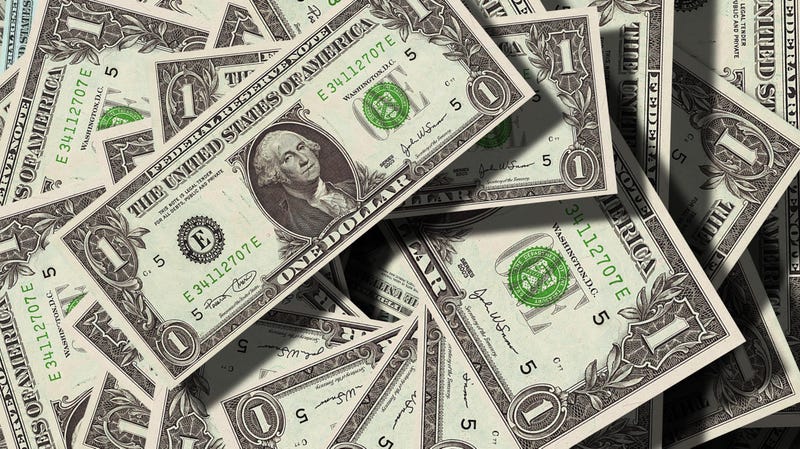Economics Chapter 4, Sections 1-2: The Laws of Supply and Demand

Terms to Know:
Section 1: Value of Goods
- Demand is the amount of a good that is bought at a certain price under certain conditions, or the relationship between a good's price and the amount of that people are willing to buy.
- Supply is the quantity of a good for sale at a certain price under certain conditions or the relationship between a good's price and the amount that producers are willing to provide for consumers.
- The value in use is the value that is directly related to the benefits their owners receive through their use.
- The value in exchange us what a particular good is worth in exchange for some other good.
- The price is the amount of money that a buyer pays the seller for a particular item.
Section 2: Marginal Utility and Value
- The diminishing marginal utility is the phenomenon where one's supply of a specific good or service increases, the satisfaction derived from each additional unit tends to decrease.
- The marginal utility is the amount of satisfaction that results from a one unit increase of a product, tend to become smaller with each additional unit.
- Total utility is the total amount of satisfaction received from possessing a particular amount of good.
